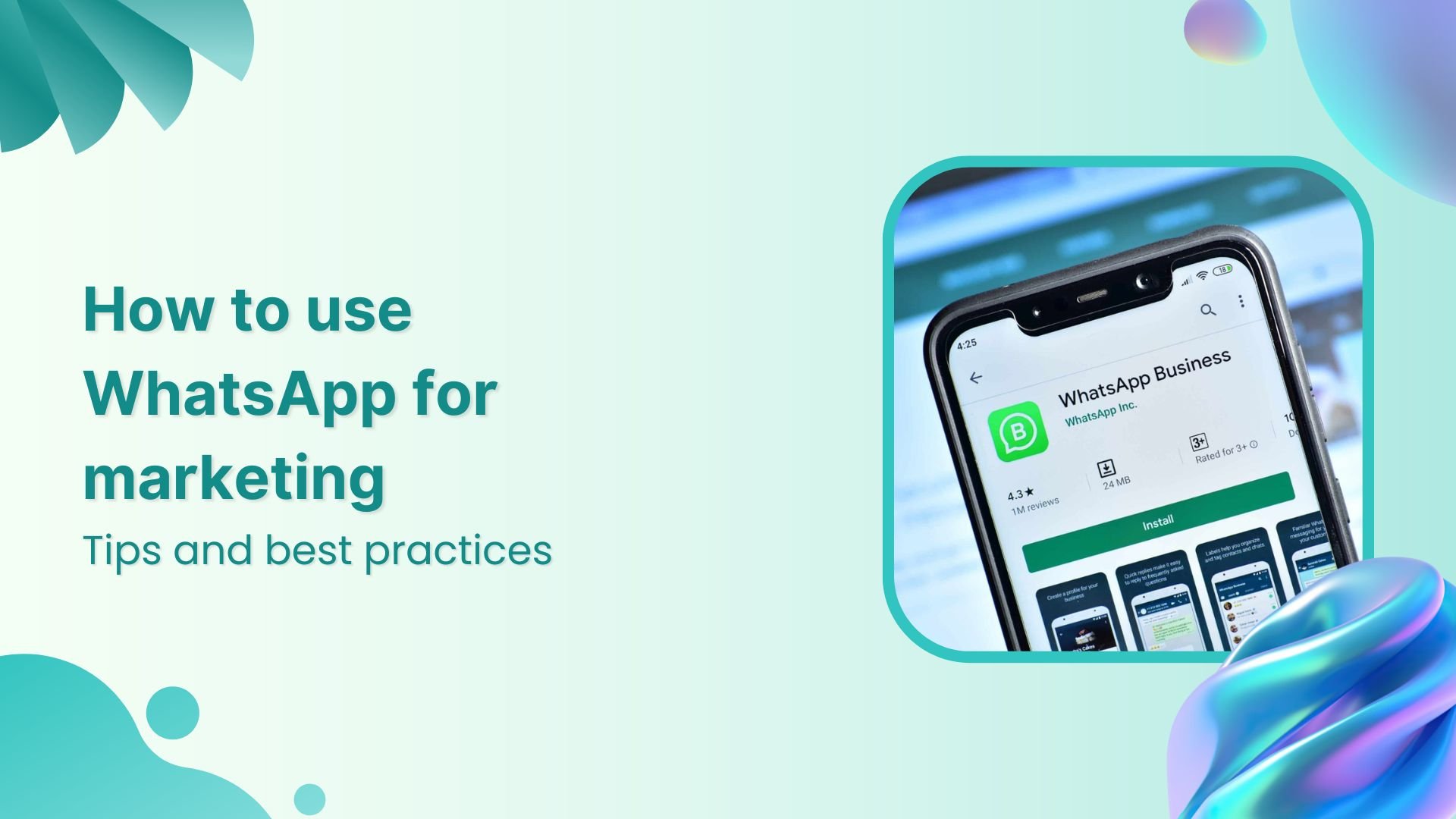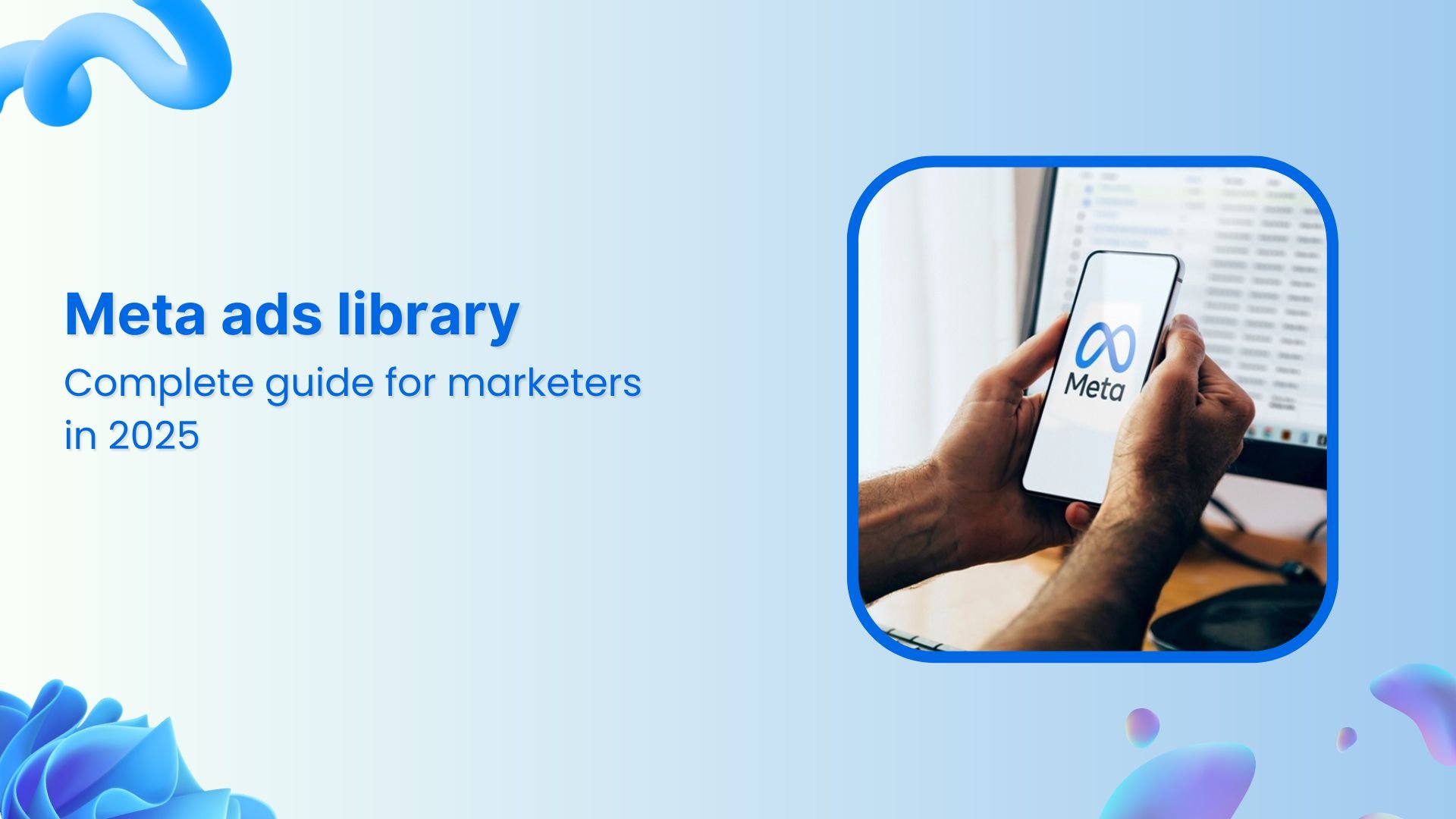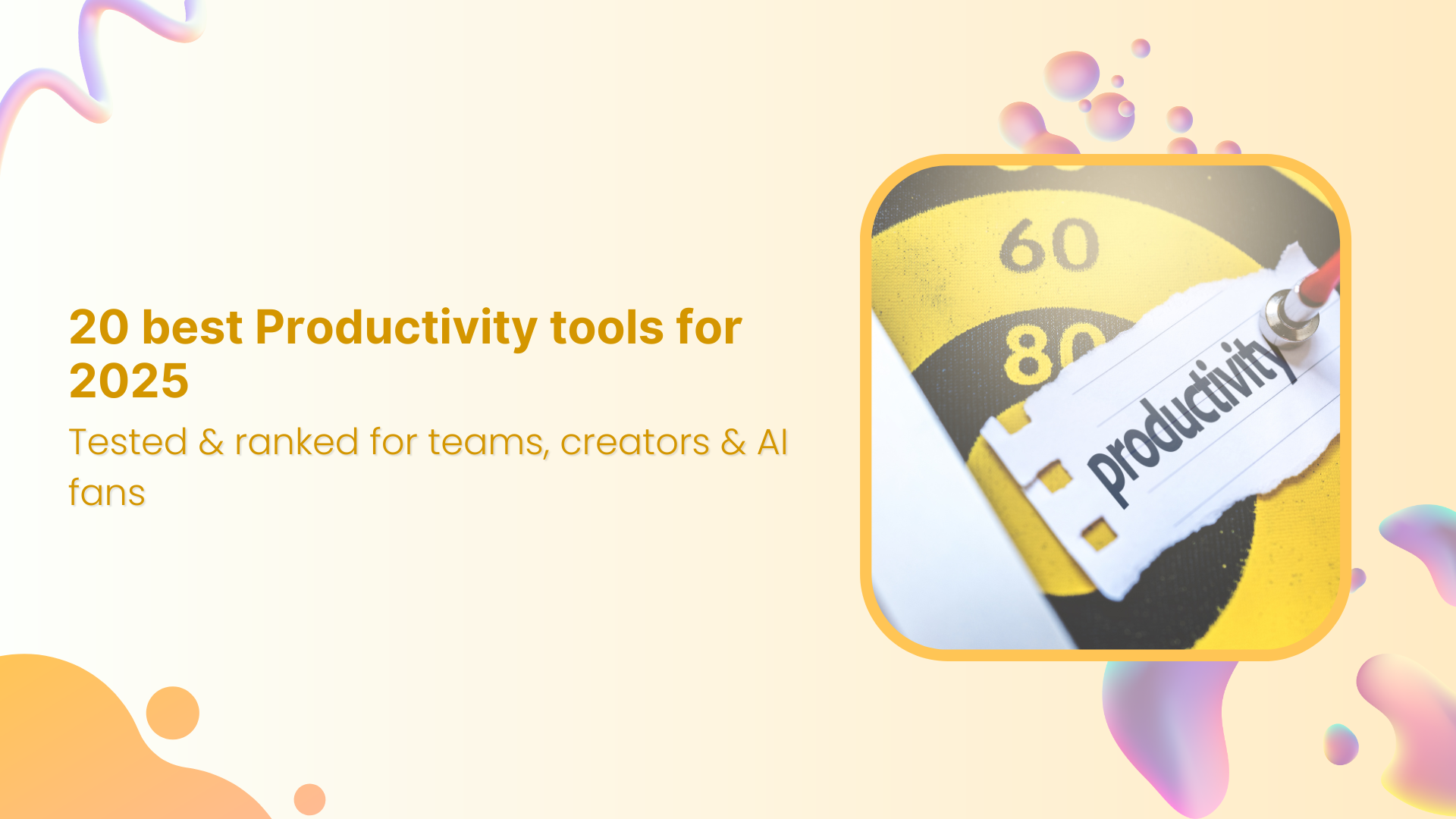Bulk-generate & schedule posts in seconds with Smart Scheduling. Try now!
10 proven digital marketing strategies to dominate your market in 2025
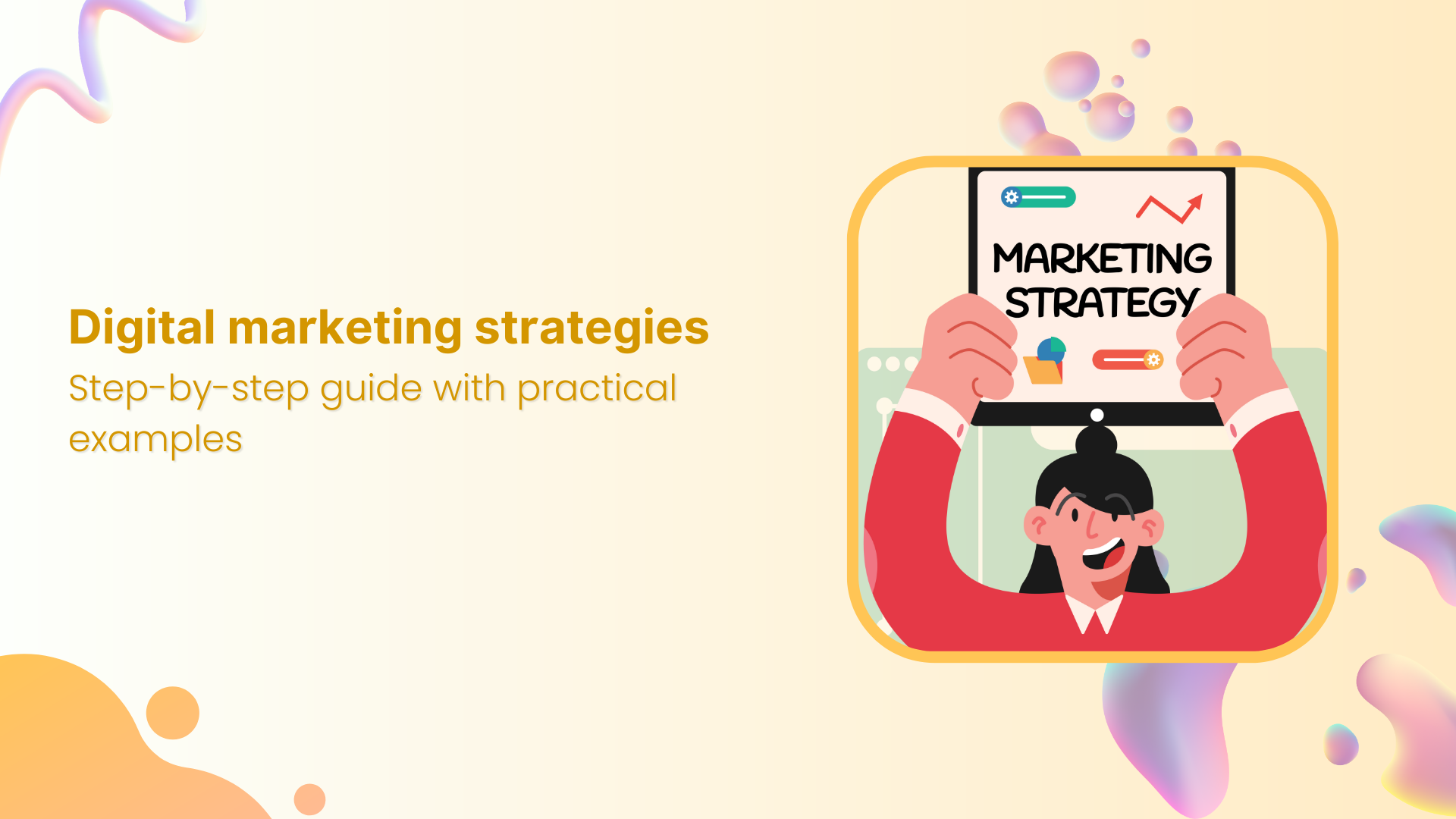
Your customers live online. They search for solutions during lunch breaks, compare options on their phones, and trust reviews from strangers more than your ads. If you’re not showing up in these moments, your competitors are.
Here’s the reality: Random Facebook posts and occasional Google ads aren’t enough anymore. Real digital marketing strategies create systems where every piece works together: your SEO feeds your content marketing, your social media builds your email list, and your emails drive repeat purchases. Everything connects.
The good news? You don’t need a Fortune 500 budget to win online. A smart strategy beats big spending every time. This guide shows you exactly how to build that strategy, and real examples you can implement today.
The easiest way to manage and grow your social channels.
Try ContentStudio for FREE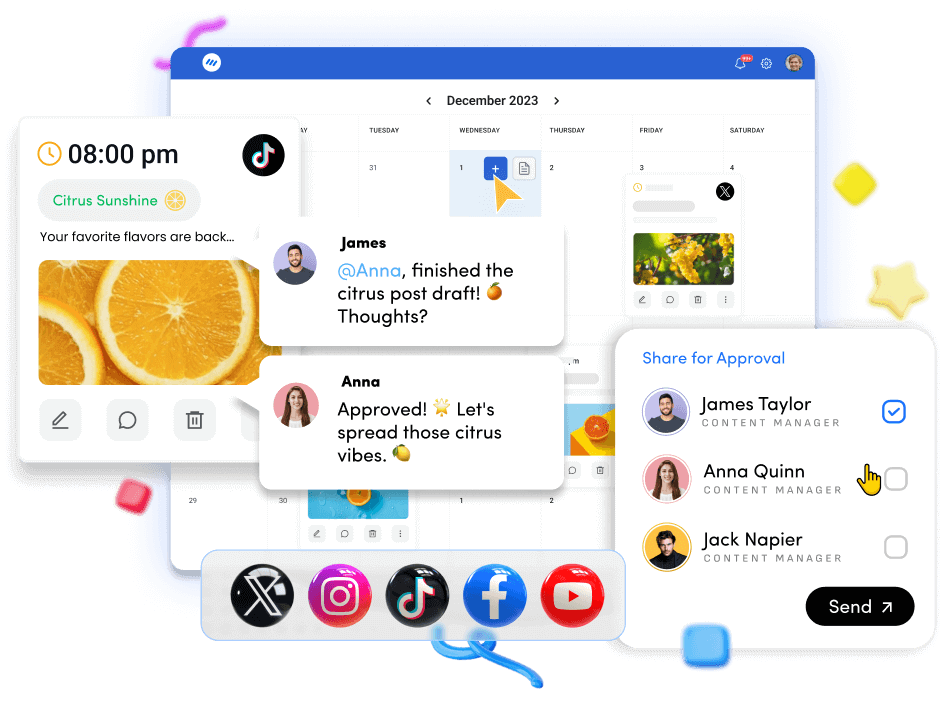
What are digital marketing strategies?
Digital marketing strategies are comprehensive plans that outline how businesses leverage online channels, technologies, and tools to achieve specific goals. Unlike random acts of marketing, posting sporadically on social media or running occasional ads, a true strategy coordinates multiple digital touchpoints into a cohesive customer journey.
Definition and core Components
At its core, a digital marketing strategy answers four critical questions:
- Who is your target audience?
- Where do they spend time online?
- What messages resonate with them?
- How will you measure success?
A strong digital strategy aligns with overall business objectives and adapts to the evolving digital landscape. It encompasses everything from your website’s user experience to your email automation workflows, from your SEO efforts to your social media engagement.
Digital vs Traditional marketing
While traditional marketing relies on billboards, print ads, and broadcast media, digital marketing offers unprecedented advantages:
- Precision targeting: Instead of casting a wide net, digital marketing lets you reach specific demographics, interests, and behaviors. A yoga studio can target health-conscious individuals within a 5-mile radius who’ve shown interest in wellness content.
- Real-time optimization: With digital marketing tactics, measuring your campaigns’ success and results is easy. You can adjust campaigns instantly based on performance data, something impossible with a billboard or magazine ad.
- Cost efficiency: Digital marketing strategies often deliver higher ROI, especially for small businesses. While a TV commercial might cost thousands, a well-crafted social media campaign can generate significant results for a fraction of the price.
- Two-way communication: Digital channels enable conversations, not just broadcasts. Customers can engage, share, and provide feedback, creating relationships rather than transactions.
The 10 most powerful digital marketing strategies for 2025
These aren’t trendy tactics that disappear next quarter—they’re foundational strategies that successful businesses use to attract customers, build authority, and drive consistent growth. Learn how to implement each one effectively, from quick-win PPC campaigns to long-term SEO dominance.
1. Search engine optimization (SEO)
SEO remains the foundation of successful digital marketing strategies. It’s the practice of optimizing your online presence to rank higher in search results when potential customers search for solutions you provide.
Why SEO dominates digital marketing strategies
Its primary goal is to attract high-intent organic traffic and build lasting brand authority by optimizing content for relevant searches, enhancing user experience, and earning trust through quality backlinks and consistent engagement. Unlike paid advertising that stops the moment you stop paying, SEO builds compound value over time.
Modern SEO strategies for 2025
- Content silos: Organize related topics into structured sections on your website. This helps search engines understand topical relationships while guiding visitors through relevant content naturally.
- Core web vitals optimization: Page speed and user experience signals now directly impact rankings. Sites loading within 3 seconds see significantly higher engagement and conversion rates.
- Entity SEO: Move beyond keywords to establish topical authority. Search engines now understand context and relationships between concepts, rewarding comprehensive coverage over keyword stuffing.
- AI-optimized content: While maintaining human oversight, leverage AI tools to identify content gaps, optimize for featured snippets, and scale content production without sacrificing quality.
2. Pay-per-click advertising (PPC)
PPC advertising delivers instant visibility when you need results now. While SEO builds long-term authority, PPC puts you at the top of search results and social feeds immediately.
Strategic PPC implementation:
The key to successful PPC isn’t just bidding on keywords—it’s creating a synchronized system where every element reinforces the next. Your ad copy must align perfectly with landing page messaging. Your landing page must deliver on the ad’s promise. Your follow-up sequences must nurture leads who aren’t ready to buy.
Advanced PPC Tactics:
- Dayparting: Schedule ads during peak conversion hours. B2B companies focus on business hours, while e-commerce brands may see better results during evening browsing sessions.
- Dynamic retargeting: Show personalized ads featuring exact products visitors viewed, with customized messaging based on their browsing behavior.
- Cross-channel attribution: Track customer journeys across multiple touchpoints to understand which combinations of ads drive conversions, not just last-click attribution.
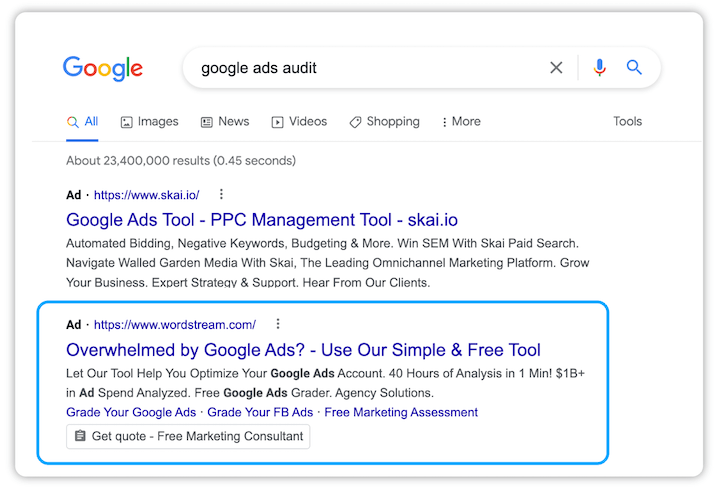
3. Content marketing
Content marketing transforms your business from a vendor into a trusted resource. High-quality content establishes authority and fosters trust, meaning it is an indispensable part of any marketing strategy.
Content that converts:
The most effective content marketing doesn’t just inform, it guides customers through their journey. Blog posts answer initial questions. Case studies provide social proof. Whitepapers establish expertise. Videos demonstrate value. Each piece serves a strategic purpose in moving prospects toward a decision.
Content velocity over perfection:
Rather than obsessing over creating the “perfect” piece, focus on consistent publication and iterative improvement. Publish, analyze performance data, optimize based on what resonates, and repeat. This approach builds momentum and allows honest audience feedback to guide your strategy.
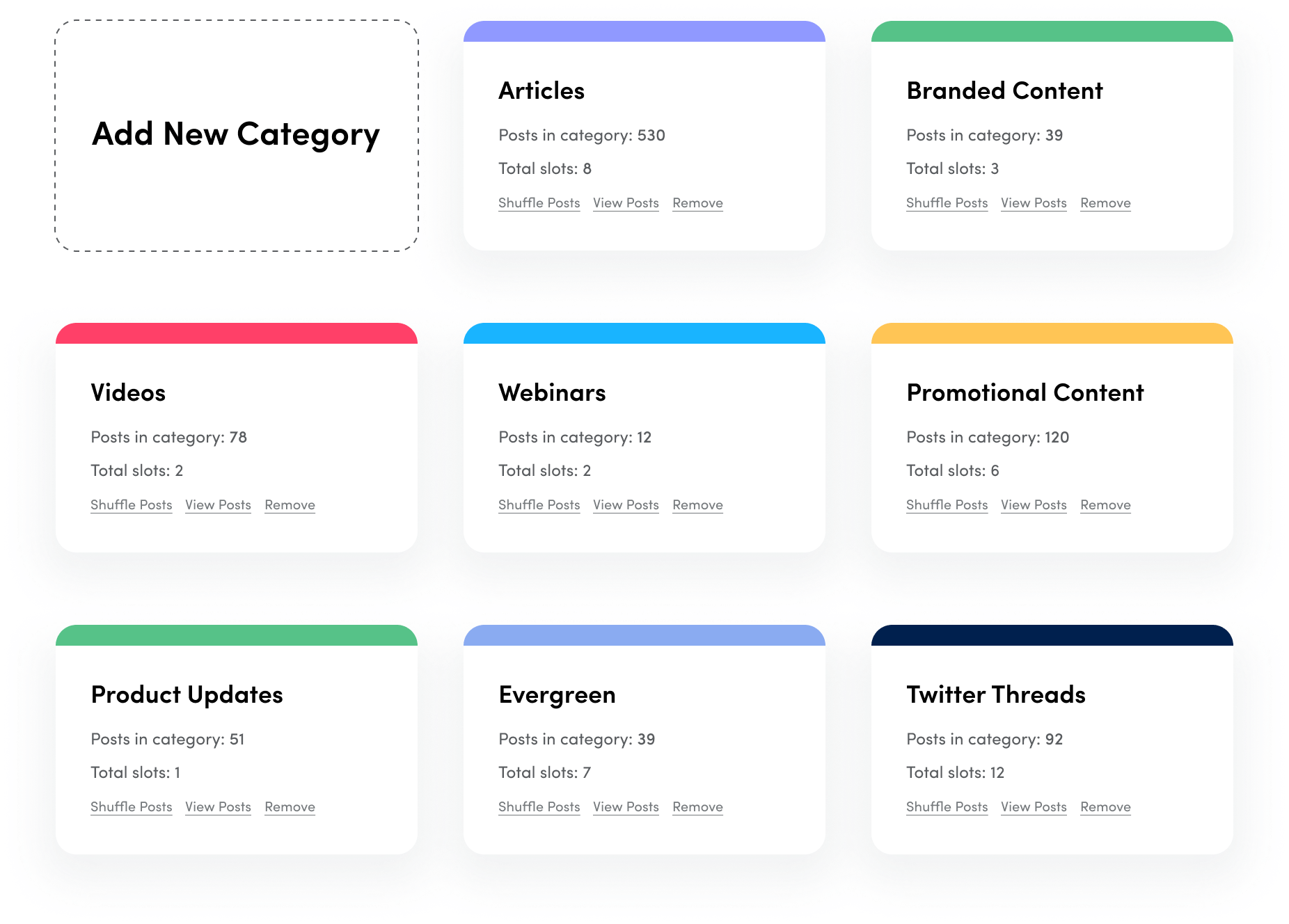
4. Social media marketing
Social media marketing in 2025 goes far beyond posting updates. It’s about building communities, fostering conversations, and creating experiences that people want to share.
Platform-specific strategies:
- LinkedIn: Share thought leadership content, industry insights, and company culture. 96% of B2B content marketers use LinkedIn, and say it’s a top-performing platform for organic traffic
- Instagram/TikTok: Create short-form video content that entertains while subtly showcasing your brand. Focus on trends, behind-the-scenes content, and user-generated campaigns.
- Facebook: Build communities through groups, host live events, and leverage sophisticated ad targeting for local businesses.
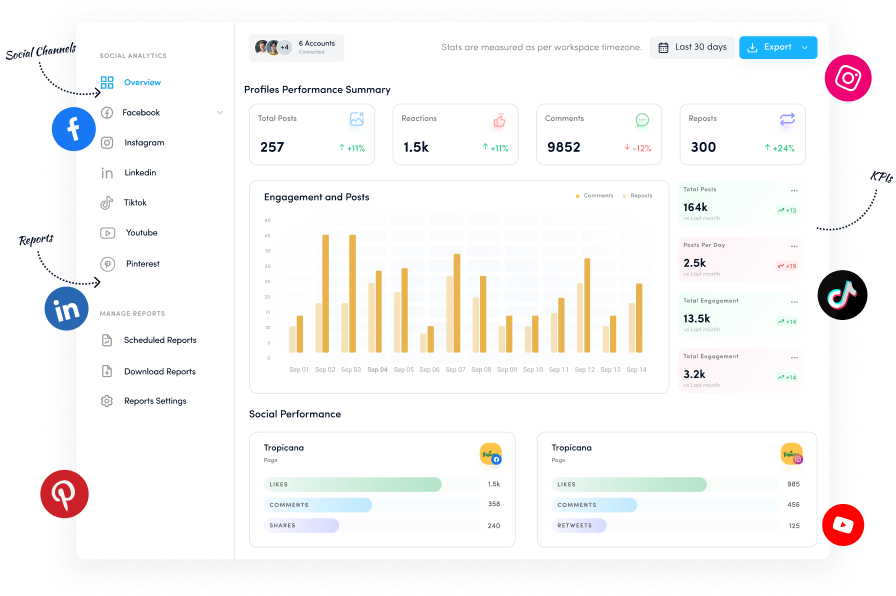
User-generated content (UGC) power:
Encourage customers to create content featuring your brand. UGC provides social proof, increases engagement, and builds trust more effectively than any branded content. Create campaigns, contests, or simply feature customer stories to amplify authentic voices.
Related: User-generated content (UGC): How to share & why it matters?
5. Email marketing
Email marketing delivers the highest ROI of any digital channel when executed strategically. It’s not about blasting promotions, it’s about nurturing relationships through personalized, timely communication.
Segmentation and personalization:
Move beyond “Hi [First Name]” personalization. Segment based on behavior, purchase history, engagement levels, and lifecycle stage. A customer who bought running shoes gets different content than someone browsing yoga mats.
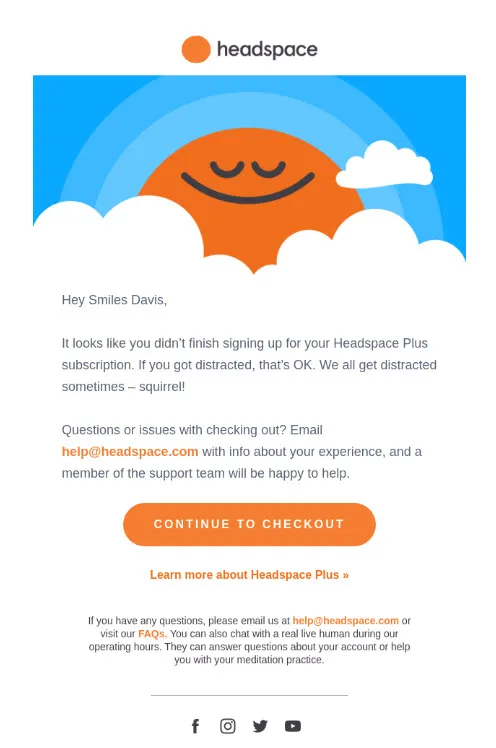
Automated workflows that work:
- Welcome sequences that educate and build trust
- Abandoned cart reminders with personalized recommendations
- Re-engagement campaigns for dormant subscribers
- Post-purchase sequences that increase lifetime value
6. Marketing automation & AI
AI-driven targeting and personalization are widely regarded as the most innovative solution for scaling personalized experiences. Automation handles repetitive tasks while AI predicts customer needs and optimizes campaigns in real-time.
Practical AI applications:
- Chatbots providing 24/7 customer support
- Predictive lead scoring identifies sales-ready prospects
- Dynamic content personalization, adapting to individual behavior
- Automated bid optimization maximizing ad spend efficiency
The key is maintaining human oversight while leveraging AI’s processing power. AI handles data analysis and pattern recognition; humans provide strategy, creativity, and empathy.
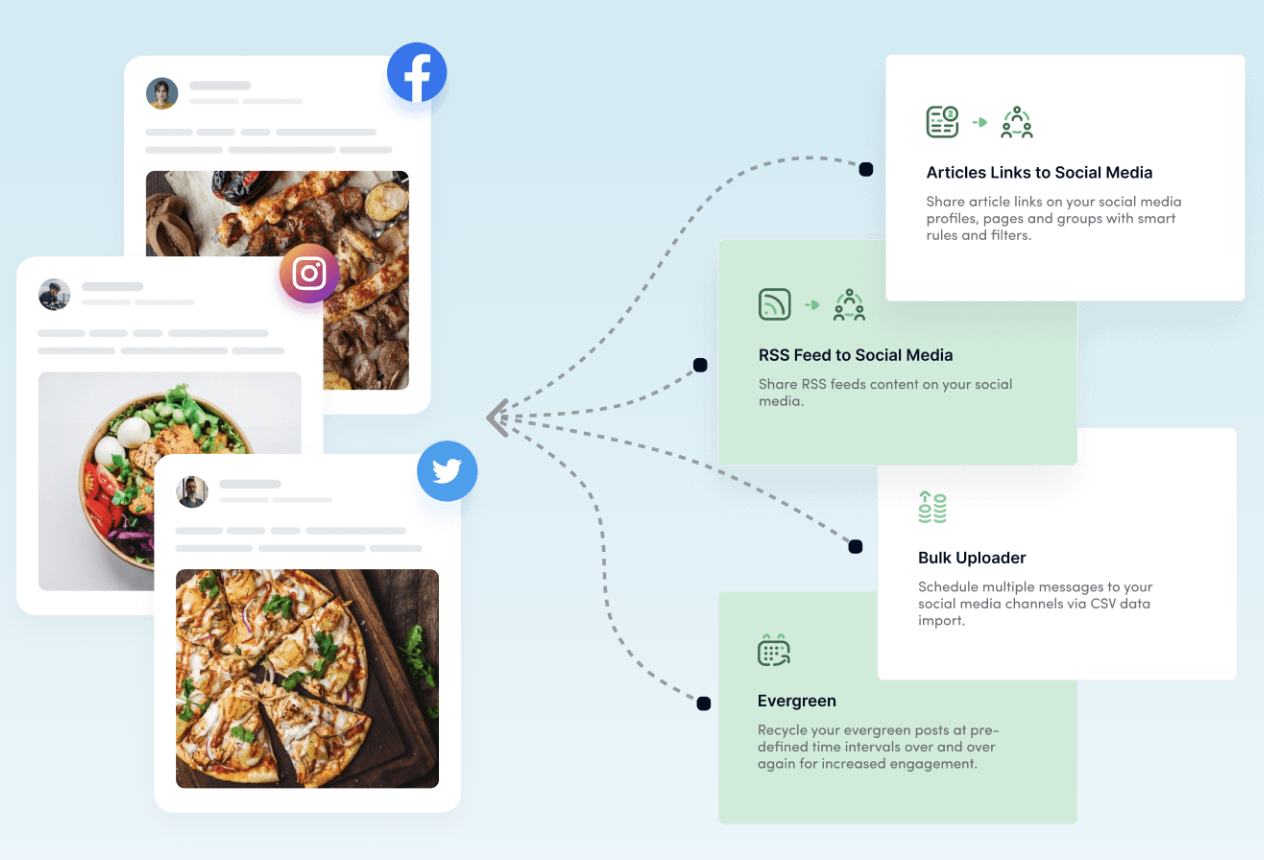
7. Video marketing
Video has become the most engaging content format across all platforms. Video marketing remains one of the most effective ways to capture attention and convey messages.
Video strategy essentials:
- Short-Form Content: 15-60 second videos for TikTok, Reels, and YouTube Shorts, capturing attention instantly
- Educational content: Tutorials, how-tos, and webinars establishing expertise
- Live streaming: Real-time engagement, building authentic connections
- Product demonstrations: Showing value rather than just describing it
Interactive elements: Add clickable CTAs, polls, and quizzes within videos to boost engagement and drive immediate action.
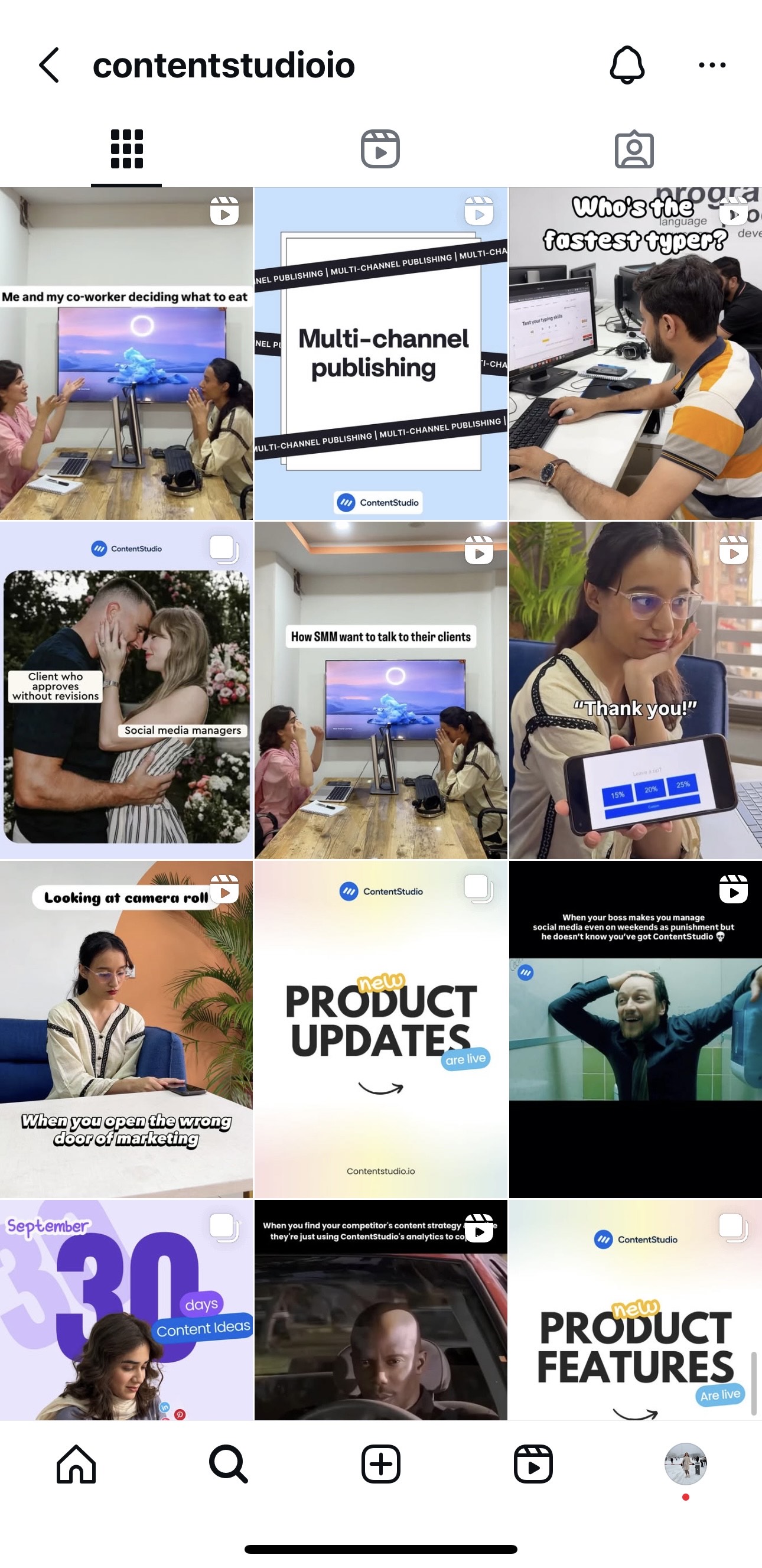
8. Influencer & Affiliate marketing
Influencer and affiliate marketing leverage the trust others have built to accelerate your growth. The key is finding partners whose audiences align with your target market.
Micro-influencer advantage:
Rather than chasing celebrity endorsements, partner with micro-influencers (10K-100K followers) in specific niches. Their recommendations feel more personal and trustworthy, often delivering higher engagement rates than macro-influencers.
Performance-based partnerships:
Affiliate marketing ensures you only pay for results. Provide affiliates with resources, tracking tools, and competitive commissions. The best affiliates become long-term brand advocates, not just commission seekers.
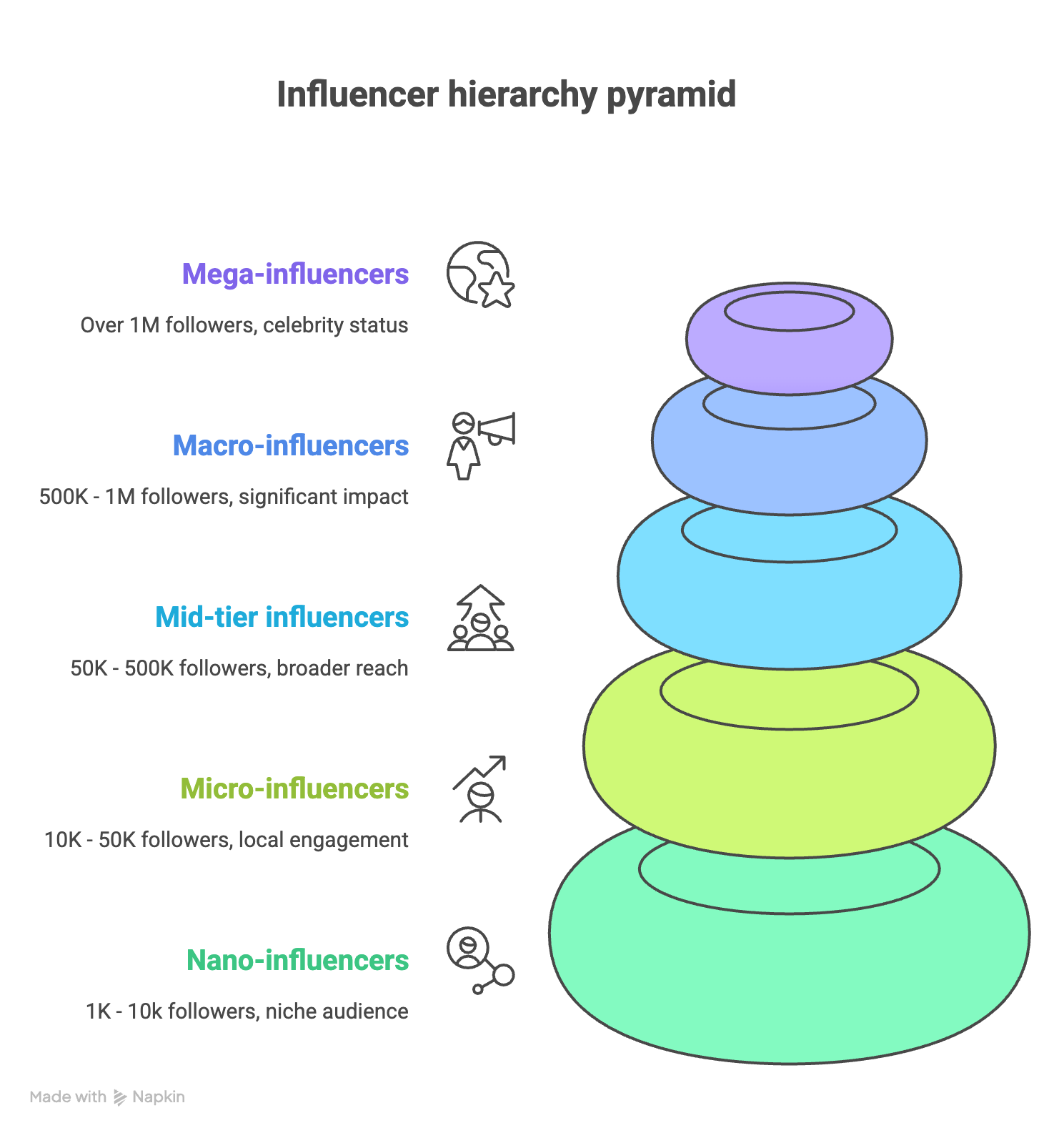
9. Voice search optimization
Voice will expand in hands-busy contexts (driving, home, on-the-floor) and for local, transactional intents. Optimizing for voice search means adapting to conversational queries and natural language patterns.
Voice search strategies:
- Structure content in FAQ format, answering specific questions
- Target long-tail, conversational keywords
- Optimize for featured snippets (position zero)
- Ensure local SEO is perfect for “near me” queries
- Implement schema markup, helping voice assistants understand your content
10. Web design & UX optimization
Your website is your digital headquarters. No amount of traffic matters if visitors can’t find what they need or complete desired actions.
Conversion-Focused Design:
- Mobile-first responsive design (over 60% of traffic is mobile)
- Page load times under 3 seconds
- Clear navigation with intuitive user flows
- Prominent, action-oriented CTAs
- Accessible design following ADA standards
Micro-interactions matter: Small animations, hover effects, and loading indicators make sites feel responsive and professional, subtly improving user satisfaction and conversion rates.
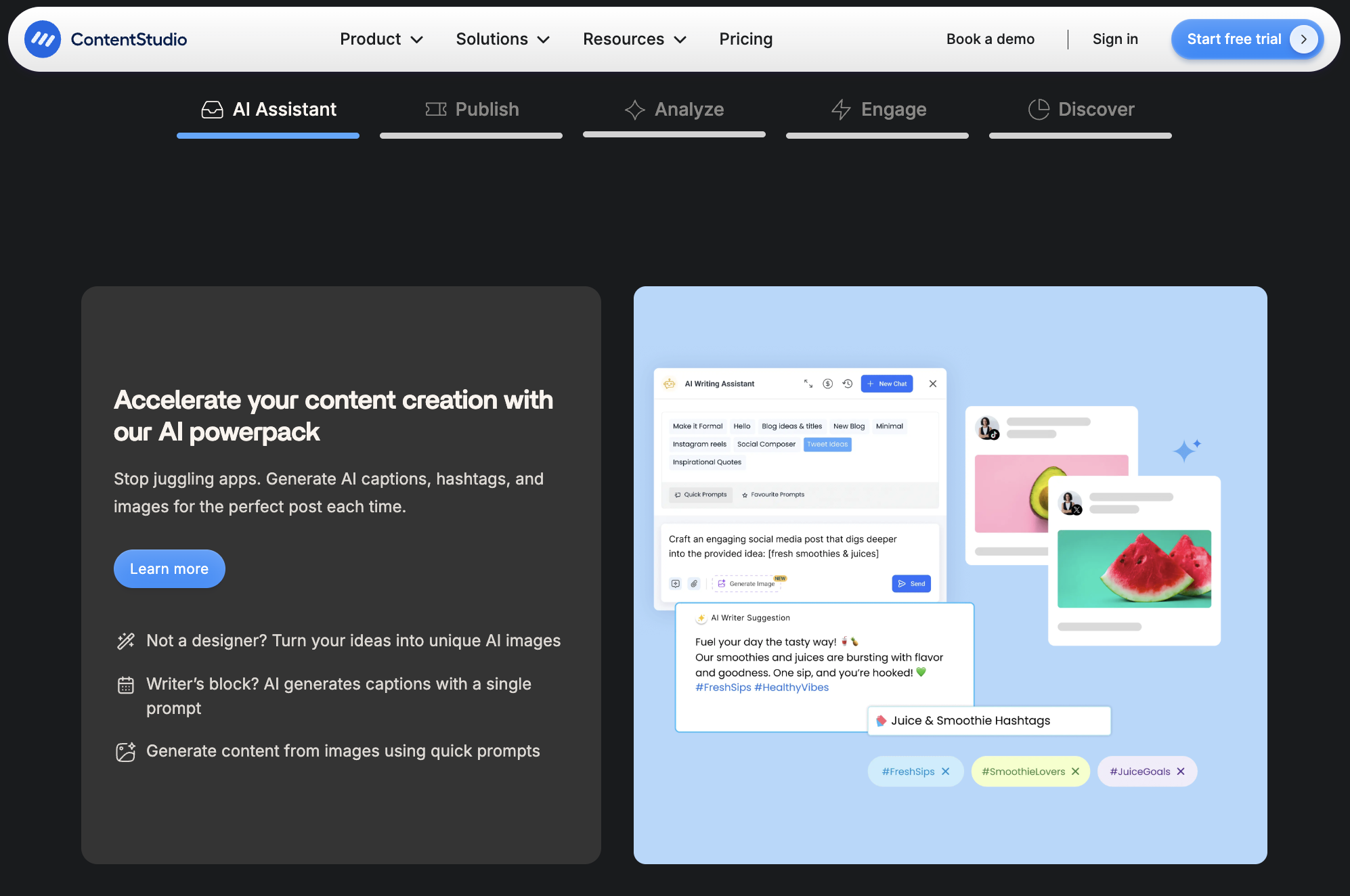
Real-world digital marketing strategies examples
Theory is valuable, but seeing digital marketing strategies in action provides the inspiration and blueprint for your own success.
1. McDonald’s digital transformation
McDonald’s tells the success story of adapting in the changing world by undergoing a massive digital transformation. By tapping into the power of AI, the brand has delivered a personalized and AI-powered service to its customers.
McDonald’s didn’t just add a mobile app; they reimagined the entire customer experience. Their app uses AI to provide personalized recommendations, streamline ordering, and build loyalty through rewards. They’ve created a digital ecosystem where every touchpoint, from mobile ordering to in-store kiosks, works seamlessly together.

Key takeaways:
- Digital transformation requires commitment across all channels
- Personalization drives engagement and loyalty
- Technology should enhance, not replace, human experience
2. CeraVe’s viral super bowl campaign
Skincare brand CeraVe orchestrated a campaign that leveraged consumer skepticism to its advantage, creating one of the most talked-about marketing moments of the year. CeraVe created a month-long mystery suggesting actor Michael Cera was their secret founder. This earned-first strategy generated 32 billion impressions, far exceeding their 1 billion goal, and drove their highest-ever week of moisturizer sales.
Key takeaways:
- Bold, creative campaigns can outperform massive ad budgets
- Building anticipation and mystery drives engagement
- Earned media amplifies paid media exponentially
3. Sephora’s omnichannel excellence
Sephora is successful because its digital marketing campaigns focus heavily on omnichannel experiences. Their app uses AR to let customers virtually try products, connects seamlessly with their e-commerce platform, and personalizes recommendations based on purchase history and preferences.
Sephora proves that digital marketing strategies should enhance, not replace, physical experiences. Their digital tools make shopping more convenient while maintaining the discovery and experimentation that make beauty shopping enjoyable.
Key Takeaways:
- Omnichannel integration creates seamless customer experiences.
- AR and AI can bridge digital and physical retail
- Personalization increases conversion rates significantly

Future-proofing your digital marketing strategies
The digital landscape evolves rapidly. Strategies that work today might be obsolete tomorrow. Future-proofing requires adaptability, continuous learning, and strategic foresight.
Embrace AI without losing humanity
AI will continue transforming digital marketing, from content creation to customer service. This generation values authentic, digital-first experiences and will want to see how your institution aligns with the causes and values they care about most. Use AI to enhance efficiency and personalization, but maintain human creativity, empathy, and strategic thinking. The most successful brands will blend AI’s capabilities with authentic human connections.
Prepare for privacy-first marketing
With increasing privacy regulations and cookie deprecation, first-party data becomes crucial. Build direct relationships with customers, gather data ethically, and provide clear value exchanges for information sharing.
Invest in owned media
Relying solely on rented platforms (social media, paid ads) is risky. Invest in owned assets—your website, email list, mobile app—where you control the relationship and data.
Continuous learning and adaptation
The digital marketing landscape is constantly evolving, and staying informed is critical to remaining competitive. Dedicate time weekly to learning—read industry publications, attend webinars, test new features, and analyze competitor innovations.
Create a culture of experimentation where failure is learning, not punishment. The fastest learners will be the biggest winners.
Conclusion
Digital marketing strategies aren’t about following a rigid playbook—they’re about understanding principles, then adapting them to your unique situation. The strategies we’ve explored provide a foundation, but your specific implementation will be unique to your business, audience, and goals.
Remember: successful digital marketing strategies aren’t built overnight. They’re developed through consistent effort, continuous learning, and relentless optimization. Every major brand started where you are now—the difference is that they started.
FAQ’s
What are the most effective digital marketing strategies for 2025?
The most effective strategies include SEO for long-term organic growth, PPC for immediate visibility, content marketing for authority building, social media for community engagement, and email marketing for customer retention.
How long before digital marketing strategies show results?
Results vary by strategy: PPC can deliver traffic immediately, social media engagement within weeks, while SEO typically takes 3-6 months for significant results. Content marketing builds momentum over 6-12 months.
Which digital marketing strategies work best for B2B companies?
B2B companies see best results from LinkedIn marketing, SEO-optimized thought leadership content, email nurture campaigns, and account-based marketing (ABM). Webinars and case studies are particularly effective for B2B lead generation.
How much should a small business budget for digital marketing strategies?
Small businesses typically invest 7-10% of revenue in marketing, with 50-60% allocated to digital channels. Start with $500-2000 monthly for basic digital marketing, focusing on one or two channels first. As you see ROI, reinvest profits to scale successful strategies.
What’s the biggest mistake businesses make with digital marketing strategies?
The biggest mistake is trying everything at once without mastering any single channel. Other common errors include ignoring mobile users, focusing only on acquisition (not retention), relying on gut feelings over data, and expecting immediate results from long-term strategies like SEO.
Recommended for you


Powerful social media management software
14-day free trial - No credit card required.

